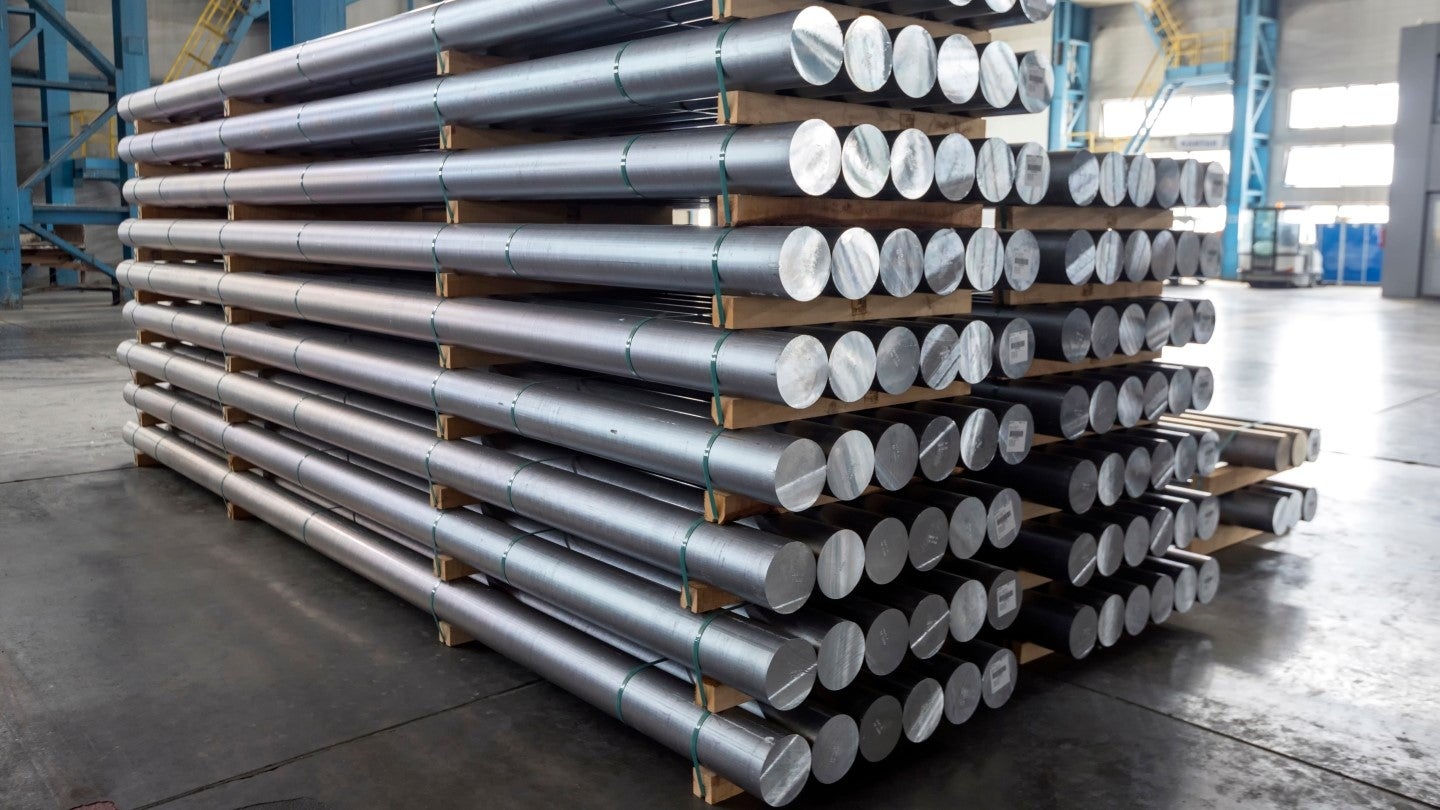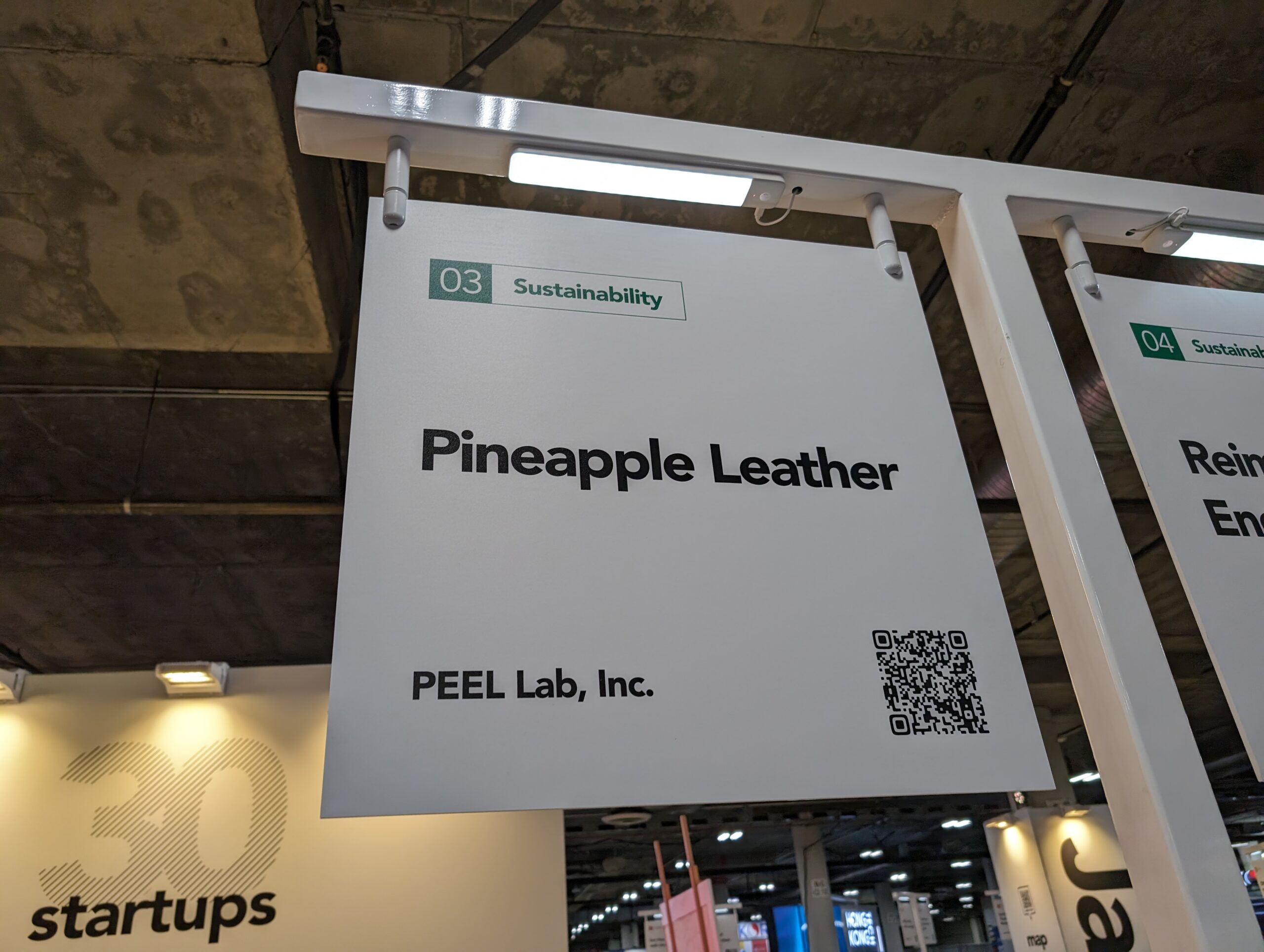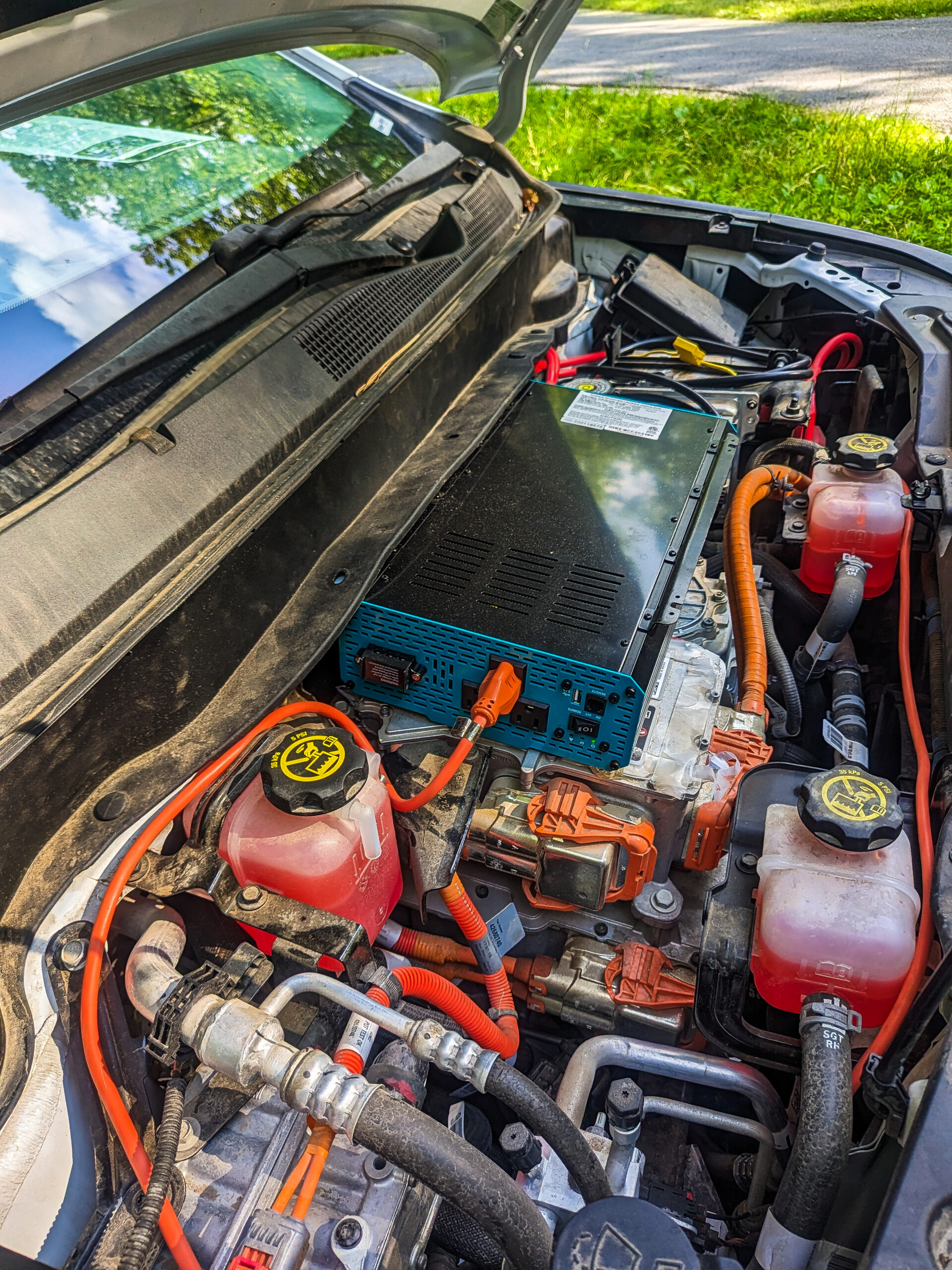Sign up for daily news updates from CleanTechnica on email. Or follow us on Google News!
For all the gloom and doom over EV sales, the US automotive market continues to attract new investors. The latest news comes from the Israeli startup Addionics, which is putting up $400 million to bring its new 3-D EV battery architecture to automotive stakeholders in the US. All else being equal, the end result will be to drive down the cost of EV batteries including the new all-important solid state EV battery formula.
Why All The Gloom & Doom Over EV Sales?
The cloudy media picture on EV sales has a lot to do with the disconnect that can occur between an attention-grabbing headline and the text of an article.
Take CNN, for example. Yesterday CNN posted a story about EV sales under the headline, “How EVs became such a massive disappointment.”
Quelle horreur!
That headlines makes it sound like EV sales not only fell off a cliff, but the entire idea of electric vehicles is a washout.
With that in mind, it’s worth noting that reporters rarely if ever write their own headlines in mainstream media organizations. Headlines are generally written by somebody who is an expert in getting attention, not gathering news.
Once you take a look at the URL behind the post, a different perspective on the shocking news about EV sales emerges. The key words are: “what-happened-with-electric-vehicle-sales-in-2023.”
Yes, what happened to EV sales in 2023? It’s not so shocking, after all. Everyone wants to know, and they can find out if they read the article. CNN senior business reporter Peter Valdes-Dapena takes a deep, accurate dive into the factors influencing EV sales in recent months. He begins by taking note of some recent news involving Tesla, Ford, GM, and the EPA, then quickly dives into the nut of the case (emphasis his).
“To be clear,” Valdes-Dapena notes at the beginning of the third paragraph, “The American market for EVs is not collapsing. In the last quarter of 2023, EV sales were up 40% from the same quarter a year before.”
“In fact, EV sales in the United States hit a record last year, topping 1 million for the first time,” he added.
Great Expectations For EV Sales
As Valdes-Dapena sees it, some automakers raised expectations about their own ability to move EVs. Even though they missed their marks individually, overall EV sales racked up a banner year in 2023 and sales are off to a roaring start in 2024 (see more CleanTechnica EV sales coverage here).
Valdes-Dapena cites a number of factors behind the mark-missing, including the limited range of styles and sizes currently available to car buyers in search of something different. That factor is about to be erased as EV startups steer the automotive market towards something different, like autocycles and retro styling.
Price is another factor, as CleanTechnica’s Jennifer Sensiba also pointed out just the other day. Despite promises of an affordable EV, none materialized. We’re also guessing that the high cost of housing is forcing some tough decisions on drivers who would be open to investing in a zero emission ride, if they had the spare cash to meet the up-front cost.
To the extent that the price of battery packs has been slowing down EV sales, the latest news from CATL and BYD is a big deal. The two companies just announced they plan to slash their EV battery prices in half sometime this year.
Here Comes A New $400 Million Factory To Help Boost EV Sales
All else from being equal, the latest news from Addionics will also help battery prices take a nosedive.
Earlier this week the company announced that it is nearing a decision on where to build a factory described as “the world’s first gigafactory-grade facility for 3D Current Collector™ copper foil production.”
The current collector is a key component in the physical structure of EV batteries, and Addionics has come up with a new architecture they describe as “a new industry standard for the next generation of batteries.”
The company lists “superior energy density, higher power, faster charging times, and a longer lifespan” than conventional batteries for its new current collector, all while reducing costs.
It’s important to note that the new current collector is a physical change, not a chemical one. Addionics has designed it as a drop-in solution for different battery chemistries.
“Already in advanced testing with major OEMs [original equipment manufacturers] and automakers across North America and Europe, the company’s cost effective drop-in solution seamlessly integrates into existing production facilities, allowing battery manufacturers and automakers to increase production capacity while reducing manufacturing costs,” Addionics states.
The company states that it has already reaped “substantial demand” in the US and Europe, which explains why it is willing to put down a $400 million stake on an allegedly soft market.
CleanTechnica reached out to Addionics to see if any details about the location of the new factory are available. So far the company has let slip that it will be somewhere in the US. It will be the first of three facilities, with the other two presumably located elsewhere in the world.
“Addionics’ first plant is expected to begin production in 2027, with additional plants expected to be completed by 2032,” Addionics explains. “The three-phase multi-factory plan will produce tens of thousands of tons of 3D copper foil per year, reducing the overall cost of batteries in the U.S.”
 Chip in a few dollars a month to help support independent cleantech coverage that helps to accelerate the cleantech revolution!
Chip in a few dollars a month to help support independent cleantech coverage that helps to accelerate the cleantech revolution!
EV Sales & The Solid-State Pouch Battery Of The Future
It remains to be seen what the overall impact on EV sales will be, but at least battery makers and suppliers like Addionics are out there fighting the good fight. It would help if automakers would start paying more attention to drivers on a budget. At some level of income choices have to be made, or EV sales will continue losing out to other big ticket items like housing, insurance, child care, college tuition, and whatever else.
Meanwhile, Addionics has some interesting insights on the coming state of EV battery technology. Though its technology can be used in EV batteries with a conventional cylindrical or prismatic architecture, Addionics foresees that its technology is most compatible with pouch-type battery packs.
The company cites light weight and space optimization as advantages for the pouch format. That could have a ripple effect on EV sales by providing automakers with more flexibility to design smaller, less expensive cars, or by providing more opportunities to attract potential buyers with a more stylish silhouette or more imaginative interior spaces.
The emergence of solid-state technology is another EV sales booster coming within the next few years. Solid-state batteries promise longer range and faster charging times among other advantages over conventional EV batteries. Like most industry watchers, Addionics foresees solid-state batteries hitting the mass market between 2025, and 2030, a timeline that just happens to dovetail with its factory plans.
Solid-state technology also supports Addionics’s thoughts about pouch cells. “Pouch cells are also set to be used the most because the battery considered to be the holy grail of EV batteries, solid-state, can only work in the pouch cell format,” Addionics explains.
If you have any thoughts about that, drop us a note in the comment thread.
Follow me @tinamcasey on Bluesky, Threads, Post, and LinkedIn.
Image (screenshot): EV sales to get an assist from EV batteries with new cost-saving current collectors from the Israeli startup Addionics (courtesy of Addionics, via YouTube).
Have a tip for CleanTechnica? Want to advertise? Want to suggest a guest for our CleanTech Talk podcast? Contact us here.
Latest CleanTechnica TV Video
I don’t like paywalls. You don’t like paywalls. Who likes paywalls? Here at CleanTechnica, we implemented a limited paywall for a while, but it always felt wrong — and it was always tough to decide what we should put behind there. In theory, your most exclusive and best content goes behind a paywall. But then fewer people read it!! So, we’ve decided to completely nix paywalls here at CleanTechnica. But…
Thank you!
CleanTechnica uses affiliate links. See our policy here.




